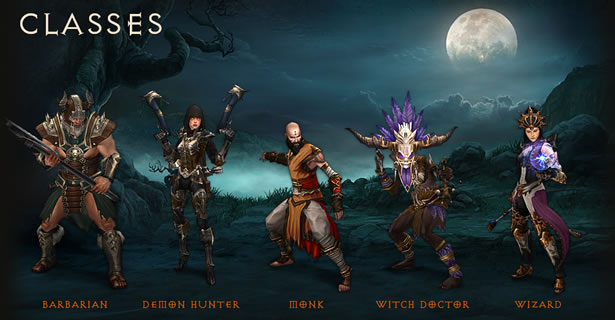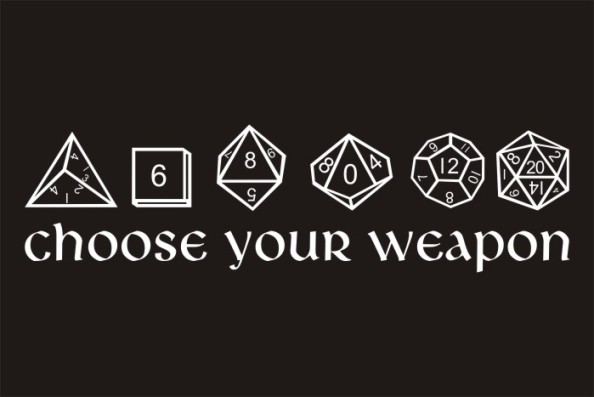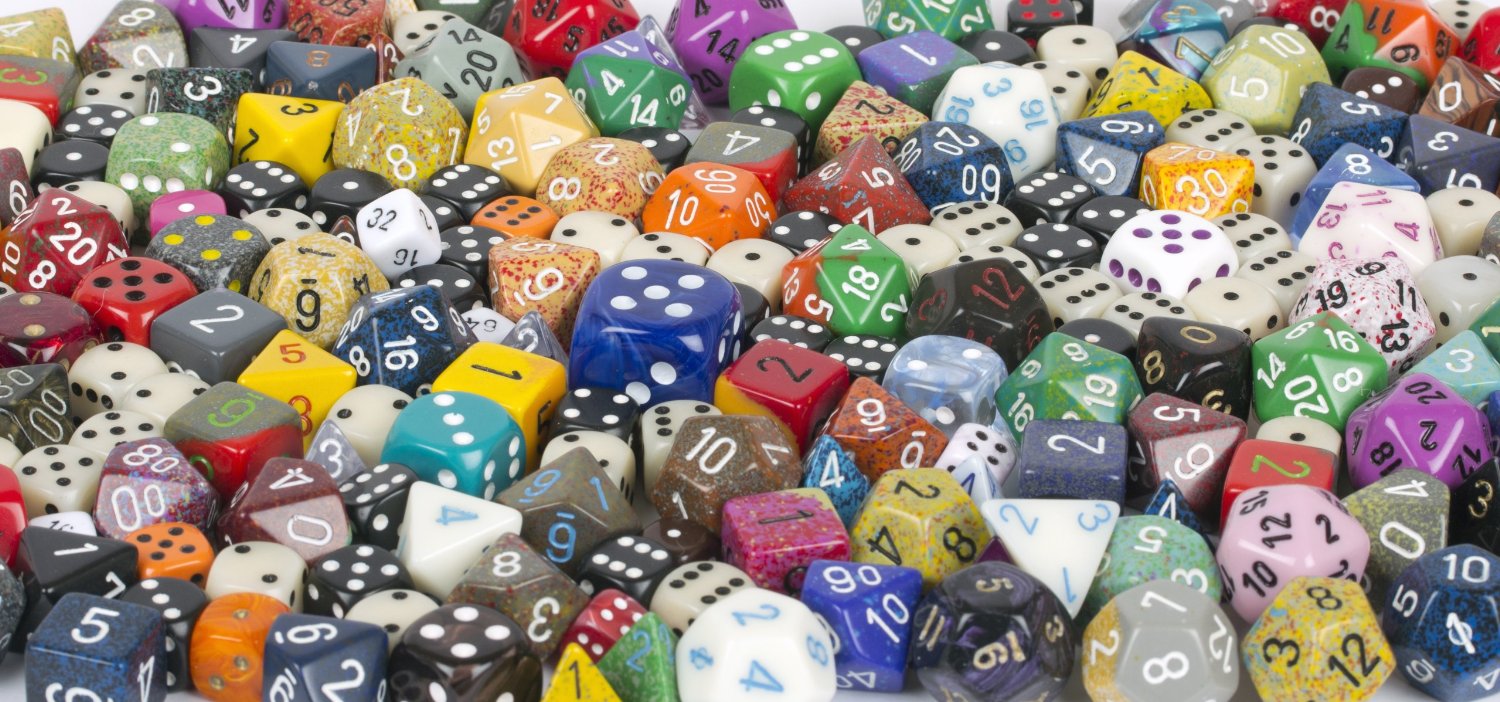NYMG has occasionally written about the sexism issues in e-sports. There have been numerous instances of the very few women who do compete in e-sports being harassed, marginalized, and basically driven out of the competition altogether. Sarah Nixon wrote a great post on the differences between smack talk and discrimination that starts to get at the heart of just how complex of an issue this is. Sports have a notoriously complex past when it comes to female athletes and athletics, and video games are perhaps one of the only venues that rival the complexity of that relationship. So when combined, e-sports gets the worst from both worlds: the legacy that women aren’t as good at sports as men and the legacy that women aren’t as good with technology as men.
Women are so absent from e-sports that in the 4+ years we have been writing daily posts at NYMG, that we have less than a handful of posts that deal with this in a meaningful way. It’s not that the issues aren’t there, but the conversation of e-sports and competitive gaming just so rarely crossed our radars, usually until someone harasses female gamers or until they don’t allow women at an event because they would distract the male players, or something like that. Well, that shit is changing right now. To welcome a new era of focus and critique of e-sports and competitive gaming, we’re going to bring you something a little different today. I’ve invited fellow professor Cody Reimer to do a point/counterpoint exercise in response to an academic article titled, “Stand by Your Man: An Examination of Gender Disparity in League of Legends” by Rabindra A. Ratan, Nicholas Taylor, Jameson Hogan, Tracy Kennedy, and Dmitri Williams, published in Games and Culture this year. Cody is one of the foremost experts on League of Legends, competitive gaming, and e-sports. He has been teaching me about them for years, while I have in turn been teaching him about feminism for years. We hope you have as much fun reading this as we had writing it.
Article Abstract
“Although video gaming is becoming a more widespread activity beyond its historically core demographic of young males, participation in competitive gaming remains largely male dominated. Addressing this issue, this research examines the experience of female players in one of the world’s most popular games, League of Legends. Two studies—one qualitative (with 15 participants) and the other quantitative (with 16,821 participants)—confirm that although female players accrue skill at the same rate as males, there remains a dearth of female players in this community. Moreover, those females who play with a male partner are less confident in their skills and often focus on supporting their partner’s advancement, not their own. This work suggests that one way to address the gender gap in gaming is to better understand and improve the social dynamics within popular games.”
Point One (Alex):
The community of League of Legends is terrible. It is discriminatory, toxic, and the game should not be held up as the gold standard of gaming, especially when it comes to e-sports. There are plenty of games that are competitive and still have a diverse player base. League is held up as the “it” e-sport in part because it reinforces the old stereotype of what a gamer looks like, and thus it has become a rallying point for gamers who don’t want women in their games.
Response (Cody): League is “it” as an eSport right now because Riot has done more to further the eSports agenda in the US than any other game company. Not only have they successfully lobbied to get eSport players US athletic visas, but they’ve promoted sponsorships and partnerships with non-digital, non-game corporations (rare at a time when most sponsors were gaming peripherals and energy drinks). They’ve provided some of the biggest venues for spectating eSport events (in the US), and they’ve fielded some of the biggest prize pools. They also have some of the largest viewerships across many media for any eSport (and some traditional sports). Yes, the community has problems, though you may be surprised (or not) that the stereotype of the eSport gamer is not “adolescent white male, overweight and living in his parents’ basement”, but a fit, young, Asian male who plays obsessively. Additionally, while the community can be toxic, few game companies have done as much as Riot has to curb that toxicity; Riot has hired PhDs in behavioral psychology and run some of the largest social experiments in the world to improve player behavior and player experience. From implementing a player-based judiciary system (the Tribunal) to including notes in load screens complete with statistics about how much better players do with positive reinforcement (or how much more poorly they do when cursed at), few companies work as hard for player experience as Riot.
Point Two (Alex):
Everyone in academia is studying LoL. Game scholars and labs are pouring thousands of hours into studying the game–studying its great iterative design process, its unique corporate culture, and it’s participatory player interaction. I can’t go to a conference or read a gaming book without someone talking about LoL. I would argue that this concentration on LoL is dangerous. Anything extrapolated from LoL, be it design practices or the way it’s influenced gaming as a whole, is necessarily colored by it’s community. We can’t say for sure that X design strategy used by Riot is nuanced and effective, because it’s only being tested by one kind of audience: male. If 45+% of gamers are women, and only 4% of LoLers are women (according to the article), I would say that the design is decidedly non-participatory.
Response (Cody): I agree that too much emphasis on League can be detrimental. Just like when WoW was in vogue in academic circles several years ago. But at this point, as an academic, any amount of interest in games (even if it’s laser-focused on just one game) is a win for me. Keep in mind that the demographic data from League was taken in 2010, one year after the game’s release. Five years could have changed that 4% of women players significantly. I would be very curious to see more current demographic information. As for Riot’s design being non-participatory because it is predominantly male, and its design being colored by that male community, I will state this: the design is centered on iteration for improved player experience. That experience can’t be divorced from the community it’s designed for, but the design strategies employed to carry out that experience can be. And should be. Inclusivity through transparency is what Riot’s all about. Player outreach. Iterating and improving player experience by listening and acting on what they hear. That’s not strictly gendered; that’s just good design.
Point Three (Alex):
I would argue that the abuse and discrimination happening in the community can not be separated from from the design of the game. Is the game designed in such a way that attracts a particular type of player who is more inclined to be abusive and discriminatory toward women (aka. Only dicks play LoL, amirite?!)? I think there is merit to that question. I wouldn’t necessarily say that all competitive gaming is skewed toward more inclusion from men, but I think the way we define competitive play favors a type of play most used by male gamers: aggressive, kill oriented, and domination based. I’m certainly not saying that this is the way we should define competitive play or that this is the only type of play worthy of the title of competitive, but I’m talking about the way the majority of gamers do define and see things.
Response (Cody): I think the design of League specifically can easily be separated from the abuse and discrimination happening in the community, by way of that design specifically targeting and working to eliminate said abuse and discrimination. Chat restrictions, bannings, and other punitive measures enforced by League and reported by other players points to design decisions which work towards an inclusive, welcoming gaming spaces, regardless of whether that space is traditionally seen as “competitive” in the masculine “kill stuff, spew testosterone” sense. The only way those typically male-dominated spaces become welcoming is by showing the male community that sexist bullshit won’t stand. Riot is working to do that with League, so to target them as a company whose design cannot be divorced from abuse and discrimination seems out of place.
Point Four (Cody):
While I take issue with several of their methods (their flawed metric for identifying Support players, their flawed metric for determining competitive ability, their misapplication of Banduras’ self-efficacy scale, and the lapse in time between quan and qual data gathering), my main gripe is that the article grossly mischaracterizes the Support role while simultaneously implying that women who play that role are doing so for specific, unstated reasons. The article indicates that other roles (than Support) are “more competitive” and “more central and dominant” while also suggesting that women only play that support because their boyfriends want them to. It completely overlooks how important the position is to team success, how individual Support player success should/can be determined, what players’ perspectives on the role are, and why women are playing that role. Support is integral to team success, is just as competitive as other positions (despite not having high kill counts), and can dominate the game without racking up those kills.
Response (Alex): Fair, but doesn’t change the fact that women are consistently relegated into that position. It’s like the old saying “behind every good man is a good woman.” You may argue that the woman’s role is just as important if not more so in that scenario, but still, it’s not (necessarily) a chosen role and it’s shoehorning her into what society expects of her. In a patriarchal society we have a long history of putting women into support roles, and then of course we praise them and say how hard their job is but they never garner the kind of respect that the spotlight roles have. We say we as a society recognize how difficult it is to be a stay at home mom, but we don’t monetarily compensate them, we don’t count that in statistics about economy, and hiring practices continue to regard years spent raising children as a negative or a “gap” in a person’s work history. All this to say that you can try and tell me over and over that support is more important than the spotlight roles, and I’m not going to buy it.




